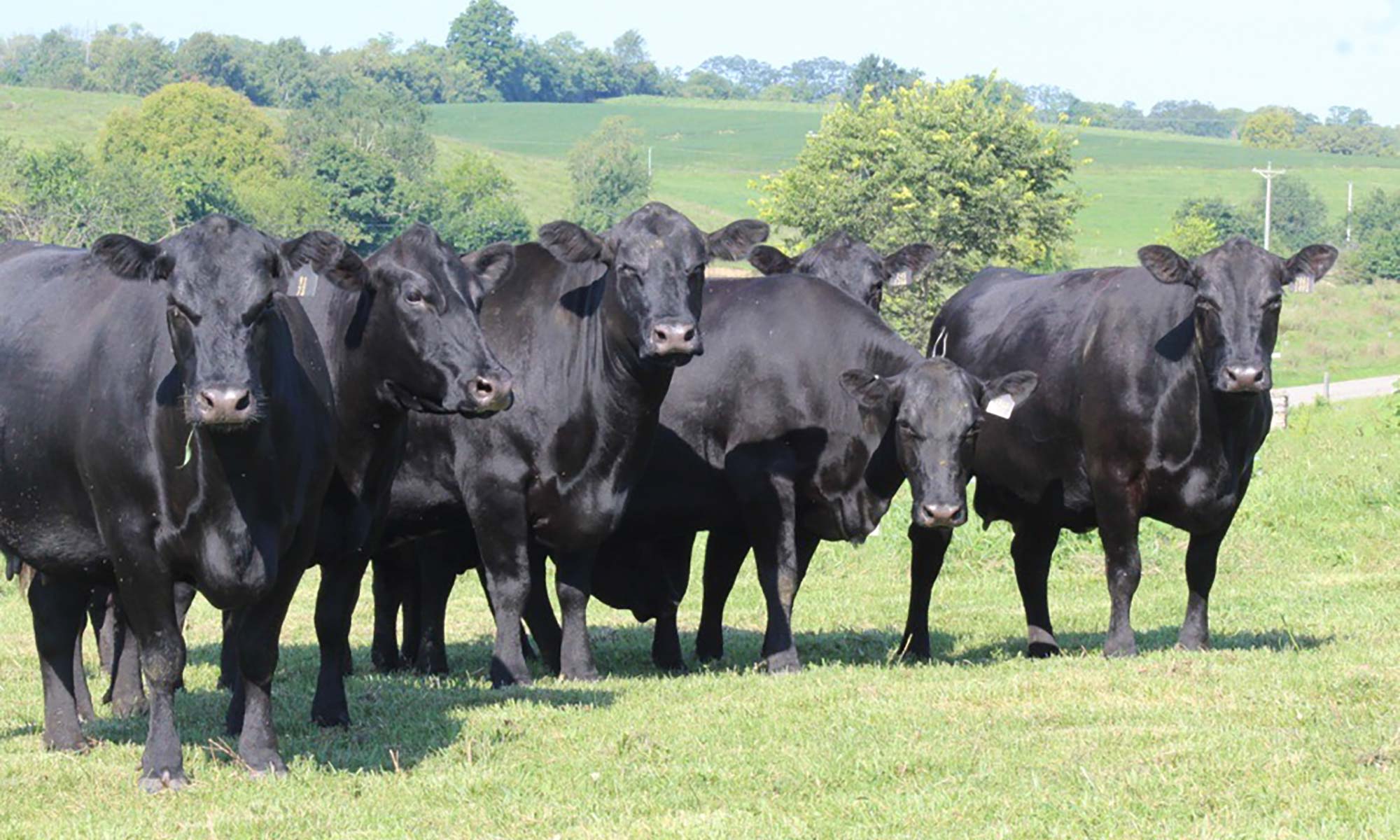Our Purpose
Any successful endeavor contains two important elements: commitment and consistency. Without commitment you will never start. Without consistency you will never finish. Our journey started in 1952 with a breeding philosophy committed to producing seed stock for the commercial industry. We have been steadfast in our dedication to developing efficient, predictable cattle. We have never swayed from our breeding plan to keep up with what was in fashion in an ever-changing registered industry. Paying close attention to the basic traits of structure, fertility and longevity has kept our cowherd grounded in principles that are truly profitable. It takes time to breed and develop a proven, predictable product. As technology evolves and the data base expands, we must remind ourselves that all these numbers still need to be proven in the real world. We are patiently taking the necessary time to ensure our cattle will work for you, instead of just relying on a set of numbers.
Consistency is what everyone in the beef industry is looking for. Every facet of the beef industry needs predictable cattle to be profitable. It all starts with the cow calf operator; our genetic decisions will determine the outcomes for the backgrounder to the finisher, for the retailer to the consumer. It is a heavy responsibility that we carry, that is why we have always operated with a strict, purposeful breeding plan. The consumer is our ultimate customer and carcass quality is very important. With today's technology our ability to define the most desirable carcass characteristics is getting easier but we still need to ensure that the basic traits of structure, fertility and longevity are not sacrificed. We can’t sacrifice these basic, efficient traits in order to be carcass specific. It takes a balanced approach, seeking the optimum from each trait, for maximum profitability.
Our journey is far from over and we are as committed now as when we first started. We understand the importance of consistency in the cattle industry, and you can count on us to provide efficient, predictable genetics for your program. We are a program with a purpose.
